All Posts
Anam AI Review & Alternatives | 2025


Key Takeaways
The rise of generative AI continues to transform business communication, with Gartner predicting $3 trillion in industry spending by 2027. This investment surge reflects the growing demand for sophisticated conversational AI platforms that can deliver personalized, engaging video content at scale.
As organizations evaluate their technology investments, understanding the capabilities and limitations of available solutions becomes crucial. One such platform, Anam AI, has entered the market as a digital avatar creation tool. This comprehensive review examines its features, performance, and alternatives to help organizations make informed decisions about their AI video generation investments.
Anam AI is a video generation platform that creates digital avatars based on text input. The system generates video content through basic text-to-speech and lip-syncing technologies, positioning itself in the growing market of AI video creation tools.
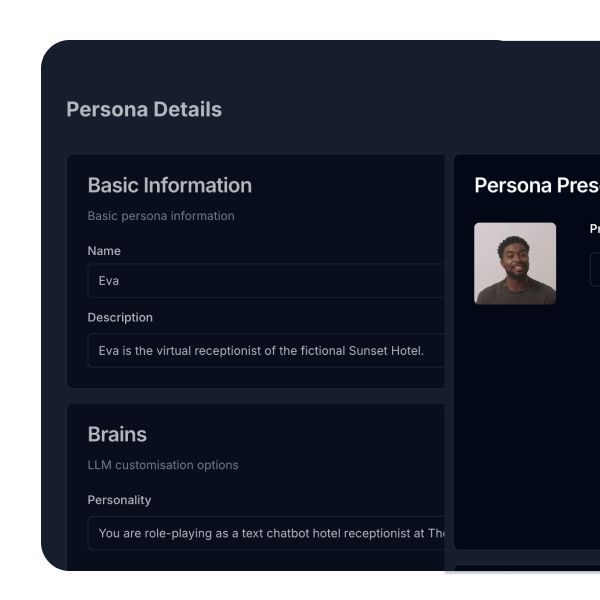
The platform’s core functionality involves converting text scripts into video presentations using pre-made stock avatars. However, unlike more advanced multimodal AI solutions, Anam AI has limited customization options and somewhat rigid output formats.
Users can select from a small library of pre-built avatars and input their script text. The system then processes this input to generate video content, though the results often lack the natural movements and expressions found in more sophisticated platforms.
Anam AI provides basic video generation capabilities through a simplified web interface. While the platform attempts to streamline the video creation process, its limitations become apparent when compared to enterprise-grade lip sync video APIs.
The platform operates through a three-step process. Users first select from a limited library of pre-made avatars, input their script text, and generate the video. The system processes this input through basic text-to-speech conversion and attempts lip synchronization, though the results often lack natural movement and expression.
Unlike advanced multimodal AI platforms, Anam AI's processing doesn’t account for nuanced speech patterns or complex emotional expressions. The system relies on simplified animation techniques that can result in robotic movements and unnatural speech patterns.
Here are some of the features of Anam AI:
Anam AI supports basic video content creation such as promotional videos, employee announcements, training materials, and simple social media content. Marketing teams use the platform for basic promotional videos and social media content, generating talking head video announcements and simple product introductions, where quick turnaround takes priority over production quality.
In corporate settings, organizations use the platform for internal communications, creating departmental announcements and basic training materials. The system allows teams to produce routine updates and simple instructional content.
Educational institutions leverage the platform for introductory course content and instructional video generation. Teachers can create basic lecture materials and educational explanations, and the platform is useful for supplementary content and routine course announcements.
Some customer service departments also employ Anam AI to produce standardized response videos, FAQ content, and other non-critical communications.
Understanding Anam AI’s strengths and limitations will help you evaluate its suitability for your needs.
Pros
Cons
As organizations seek more robust video generation solutions, several platforms offer enhanced capabilities and reliability. These alternatives provide varying levels of sophistication in AI video generation, with some delivering enterprise-grade features that surpass Anam AI’s basic functionality.

Tavus is a research lab pioneering human computing. For developers, its Conversational Video Interface (CVI) lets you embed face-to-face, emotionally intelligent AI humans into any application—seeing, hearing, and responding in real time.
Unlike basic avatar systems, Tavus delivers photorealistic AI humans with accurate lip sync and natural expression, powered by Phoenix‑3 for full-face rendering, Raven‑0 for perception, and Sparrow‑0 for natural turn‑taking. CVI also supports features like Knowledge Base (RAG), Memories, and Objectives & Guardrails to drive reliable, on‑brand conversations at scale. Enterprise teams get white‑labeled APIs and compliance controls, while developers benefit from clear docs, webhooks, and flexible integration.
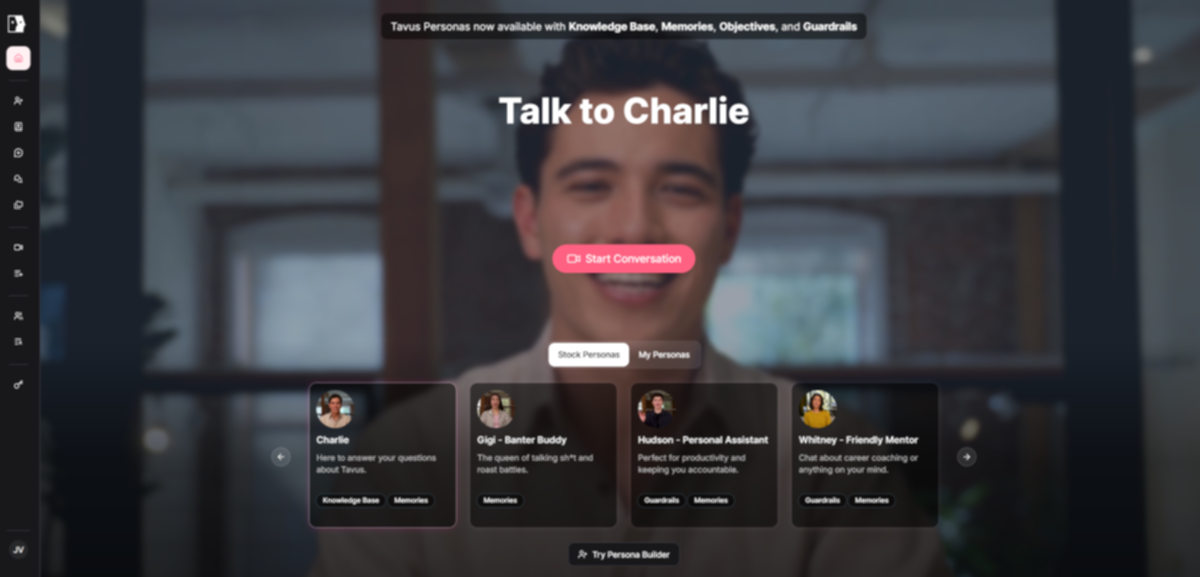
Features:
Transform your applications with Tavus.

HeyGen offers video generation capabilities focused on marketing and sales applications. The platform provides a stock avatar library, though it still relies on pre-made templates and characters rather than true digital replicas.
The system handles basic video creation tasks with a template-based approach, and it still has challenges with natural movement and expression generation.
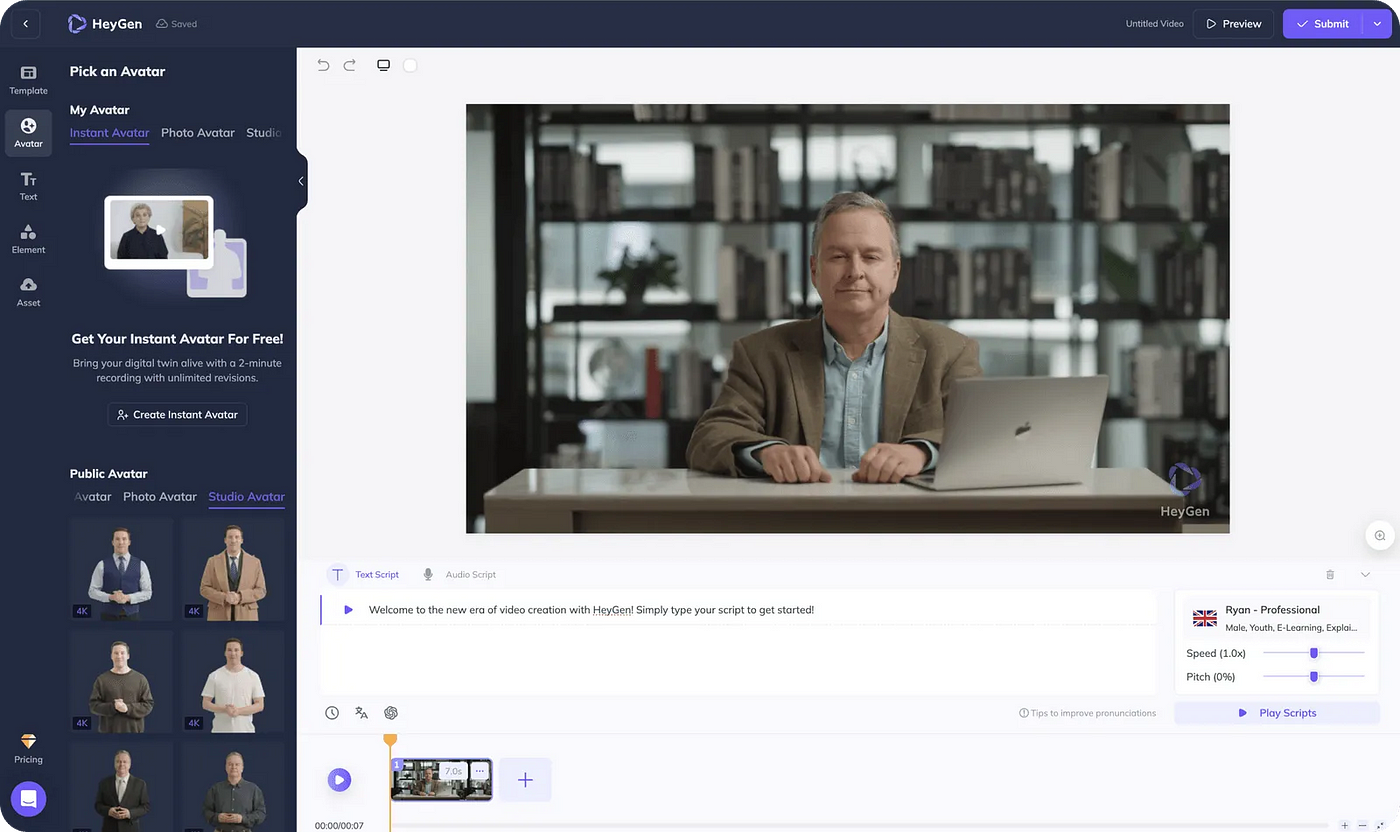
Features:
Pricing:
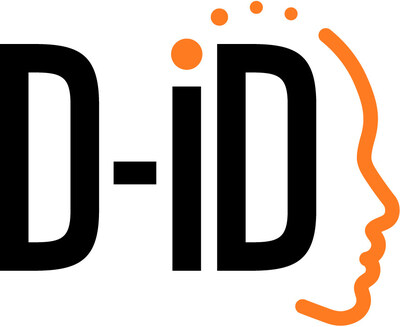
D-ID specializes in facial animation technology for digital avatar creation. The platform attempts to improve upon basic avatar systems through more advanced facial movement algorithms, though results can still appear artificial. The platform offers integration capabilities through its API endpoints, though with limitations in processing speed and customization options.

Features:
Pricing:

Synthesia is an AI video creation platform focusing on business communications. The system offers professional templates but still relies heavily on pre-built avatars rather than true digital twins.
While Synthesia includes features for corporate video creation, users often encounter limitations with natural movement and expression range. The platform’s multimodal AI capabilities handle basic video generation but may struggle with complex scripts or emotional delivery.
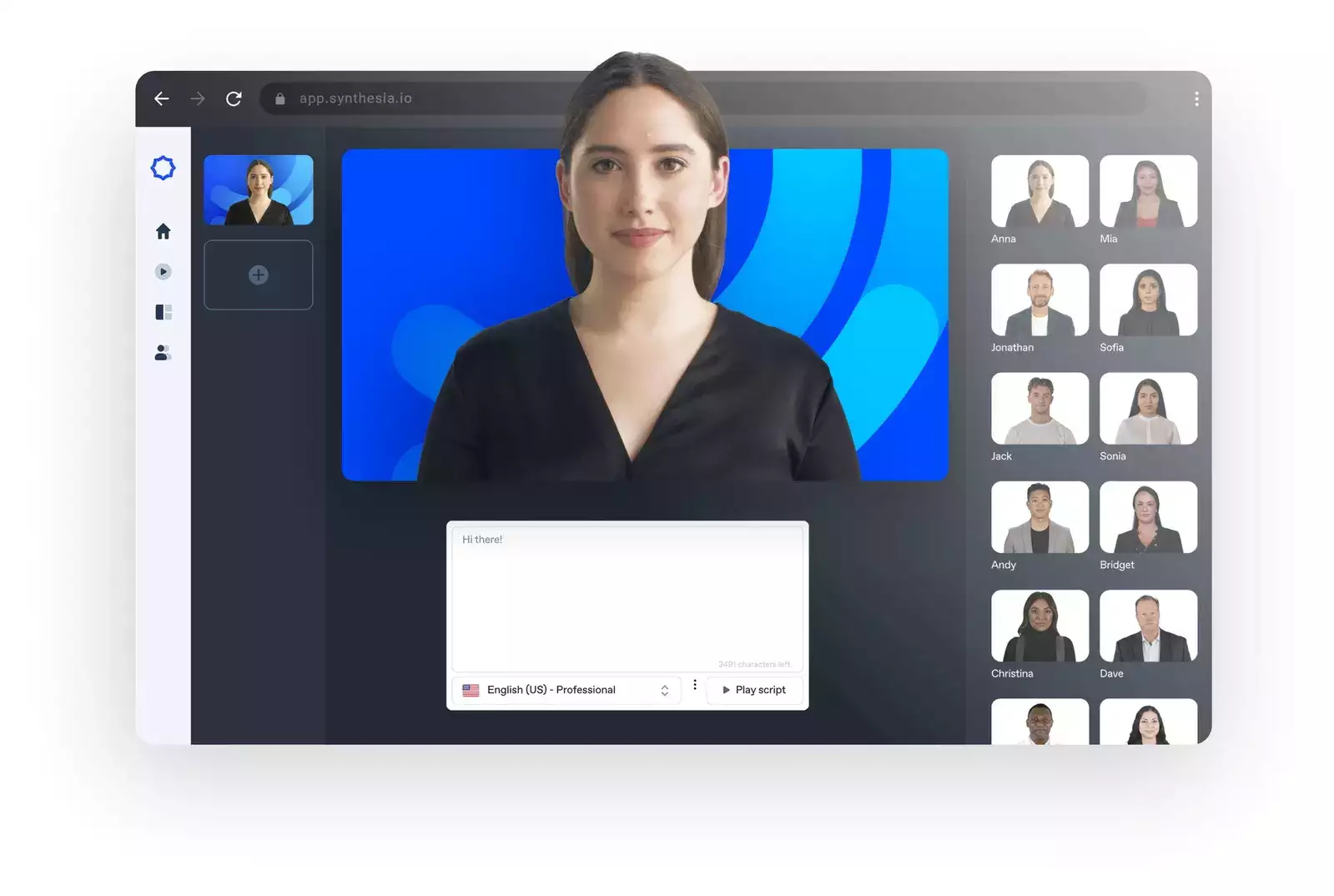
Features:
Pricing:

AssemblyAI differs from other alternatives by focusing on speech processing and transcription rather than full video generation. The platform offers audio processing capabilities but requires integration with other tools for complete video production. AssemblyAI also lacks the comprehensive video generation features found in complete AI video generation solutions like Tavus.

Features:
Pricing:
We have answers to some of the most common questions about Anam AI and its alternatives.
While Anam AI offers a limited free trial, its lower price point for paid plans reflects its entry-level capabilities. In contrast, enterprise solutions like Tavus’s Conversational Video Interface (CVI) provide more value through advanced features and reliable performance, with pricing aligned to professional usage requirements.
Anam AI offers basic API access, though with significant limitations in functionality and integration capabilities. Organizations requiring robust API solutions often turn to Tavus, which provides a comprehensive Conversational Video Interface (CVI) API for real-time, humanlike video conversations across 30+ languages, with enterprise-grade security and features like Knowledge Base, Memories, and Objectives & Guardrails.
For developers requiring video generation capabilities, Tavus leads the market with its real-time CVI and photorealistic AI humans powered by Phoenix‑3, natural turn‑taking with Sparrow‑0, and perception with Raven‑0. Combined with precise lip synchronization, comprehensive documentation, and flexible, white‑labeled integrations, Tavus is a strong choice for production‑quality video applications.
Organizations seeking professional video generation capabilities need solutions that deliver reliable performance and natural results. While Anam AI offers basic functionality, businesses increasingly require more sophisticated tools for creating engaging video content at scale.
Tavus provides developers with a real-time Conversational Video Interface (CVI) that brings face-to-face, emotionally intelligent AI humans into any product. It’s powered by Phoenix‑3 for lifelike rendering, Raven‑0 for perception, and Sparrow‑0 for natural conversation flow—backed by features like Knowledge Base, Memories, and Objectives & Guardrails, and supported by white‑labeled APIs and enterprise compliance.
Tavus CVI and Video Generation endpoints streamline implementation with minimal configuration while handling scaling and infrastructure behind the scenes. Development teams can quickly integrate these capabilities through well‑documented endpoints and webhooks, without needing deep AI expertise.